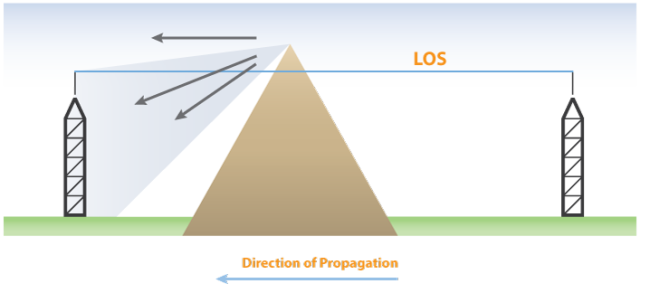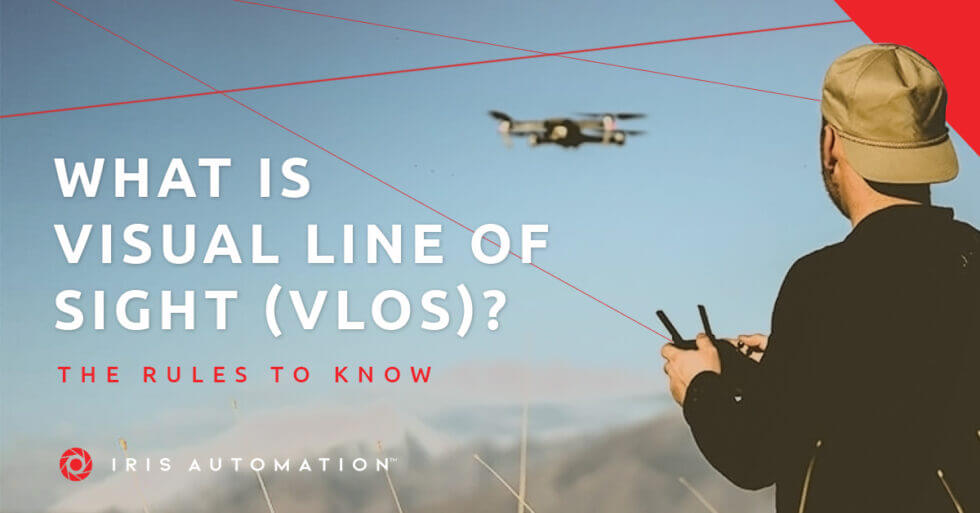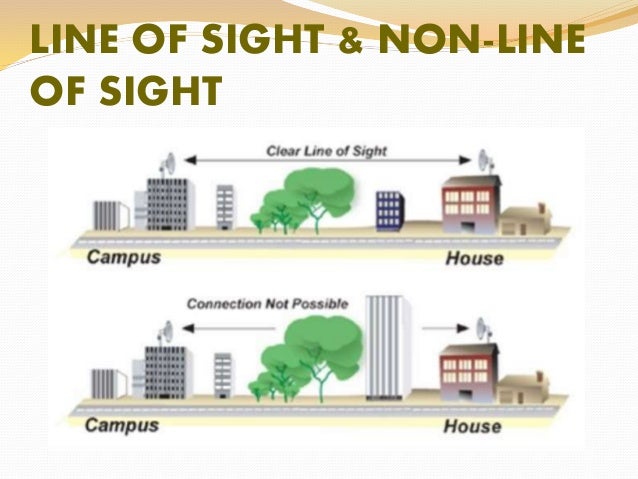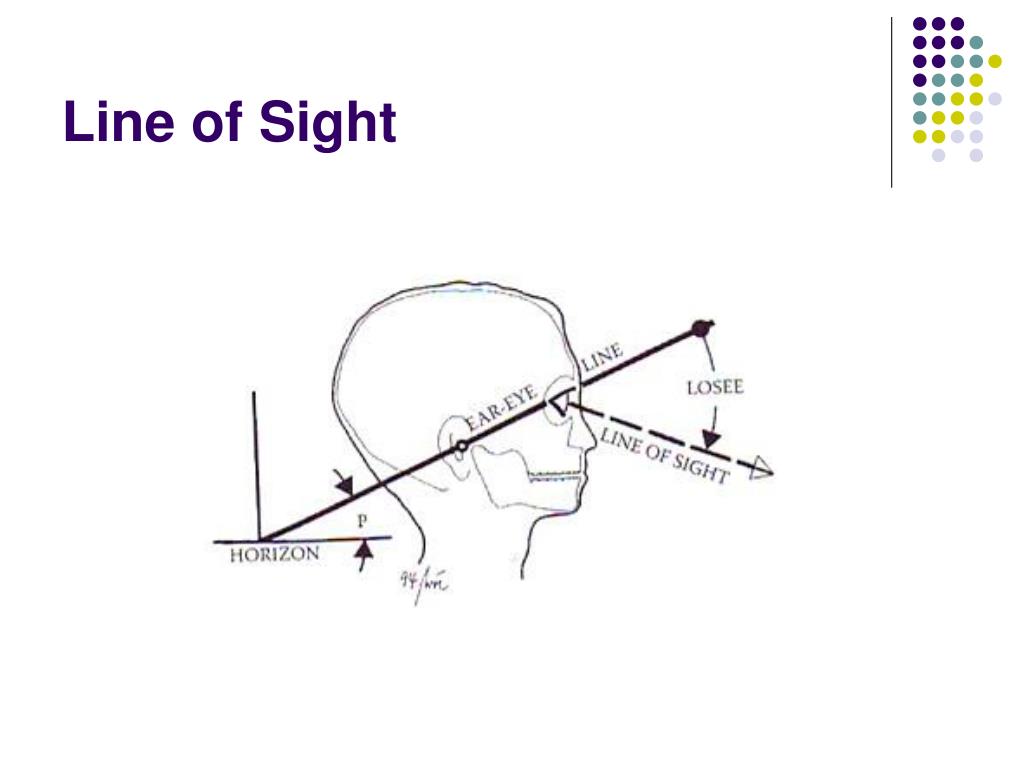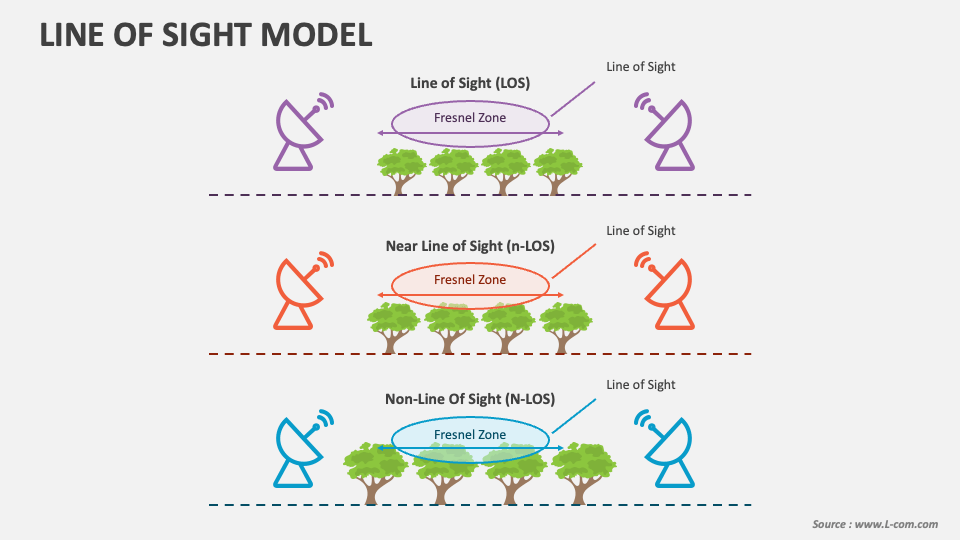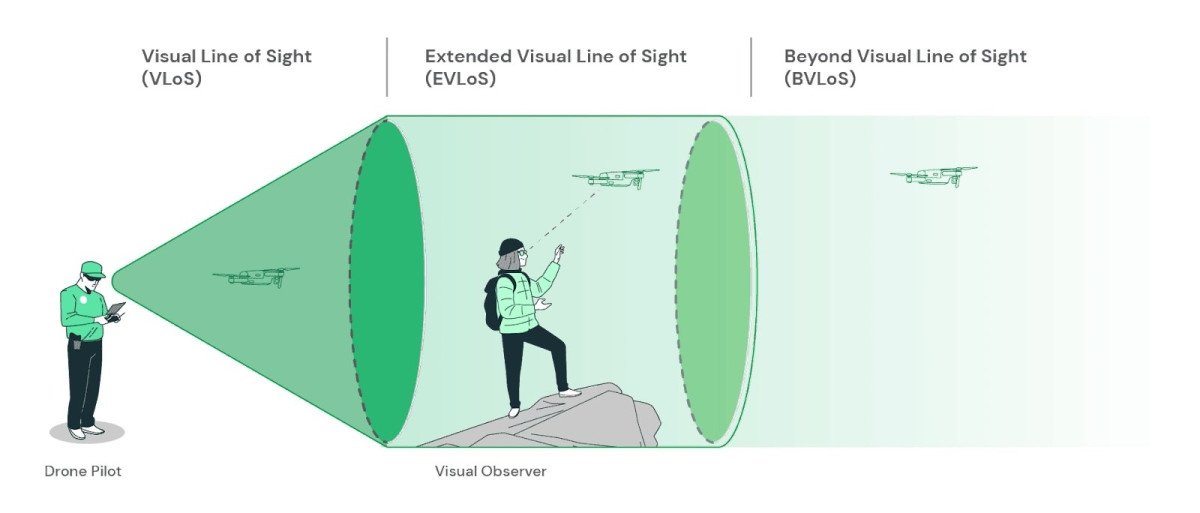Line Of Sight Meaning In Business
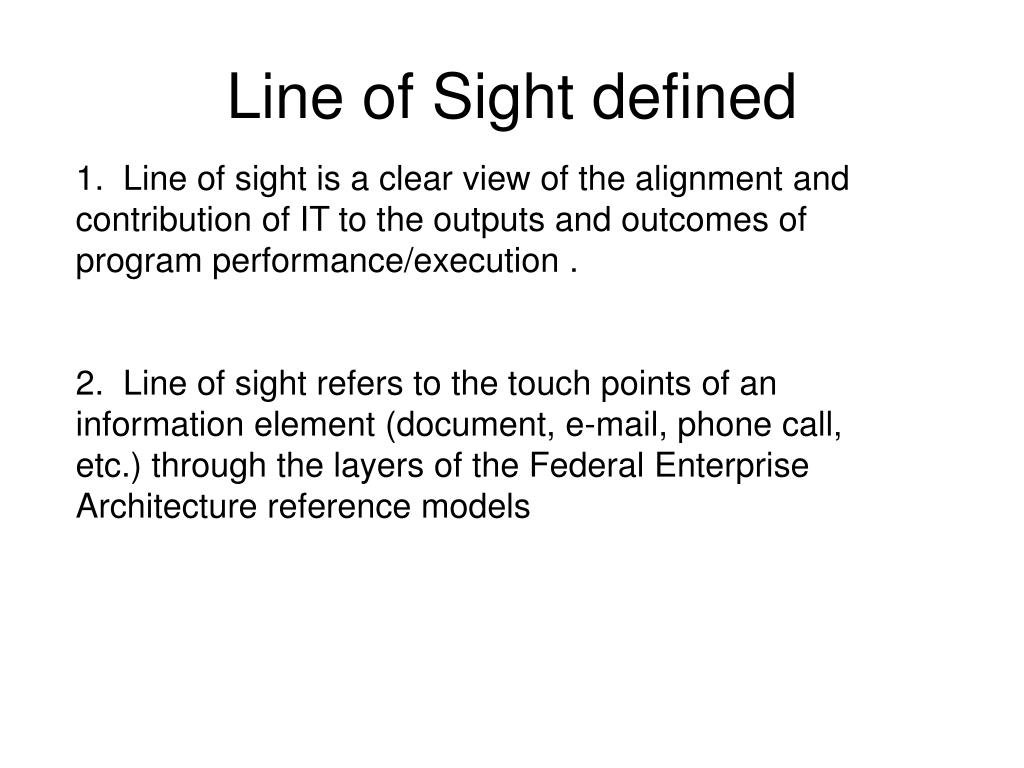
In today's relentlessly competitive business environment, companies often find themselves struggling to achieve strategic objectives despite the best-laid plans. A key reason for this widespread underperformance lies in a deceptively simple concept: line of sight. When employees lack a clear understanding of how their individual roles contribute to the overall organizational goals, motivation plummets, efficiency suffers, and strategic execution falters.
Line of sight, in a business context, refers to the clear and direct connection an employee perceives between their daily tasks, their team's objectives, and the broader strategic goals of the organization. It’s about understanding the "why" behind the "what" and "how." The absence of line of sight creates ambiguity, fosters disengagement, and ultimately hinders a company's ability to achieve its desired outcomes. This article explores the multifaceted implications of line of sight, drawing on expert insights and industry data to illuminate its importance in modern business management.
The Core Components of Line of Sight
At its core, line of sight comprises several essential components. First, there must be a clearly articulated organizational strategy that is easily understandable and accessible to all employees. This strategy serves as the guiding star, directing everyone toward a common destination.
Second, departmental and team objectives must be directly aligned with the overarching organizational goals. Each team should understand how their contributions directly support the company's strategic imperatives. Finally, individual roles and responsibilities must be explicitly defined, with a clear connection made to the team's objectives and the overall strategic vision.
Benefits of Establishing Strong Line of Sight
Establishing a strong line of sight within an organization yields a multitude of benefits. Increased employee engagement is perhaps the most significant outcome. When employees understand how their work contributes to the bigger picture, they are more likely to feel valued, motivated, and committed to their roles.
Improved decision-making is another critical advantage. Employees with a clear understanding of the company's strategic goals are better equipped to make informed decisions that align with those goals, even in the absence of direct supervision. Enhanced collaboration also flourishes when everyone is working toward a common objective with a shared understanding of its importance. This clarity fosters better communication, stronger teamwork, and more efficient problem-solving.
The Consequences of Poor Line of Sight
Conversely, a lack of line of sight can have devastating consequences for an organization. Disengaged employees are less productive and more likely to leave the company, leading to increased turnover costs and a loss of valuable talent. Poor decision-making can lead to costly mistakes, missed opportunities, and a general erosion of competitive advantage.
Ineffective communication is another hallmark of organizations with poor line of sight. When employees are unsure of how their work fits into the larger strategic context, they may be reluctant to share ideas, ask questions, or challenge the status quo. This siloing of information can stifle innovation and hinder the company's ability to adapt to changing market conditions. According to a recent study by Gallup, only 41% of employees strongly agree that they know what their company stands for and what makes it different from its competitors. This alarming statistic highlights the pervasive problem of poor line of sight in many organizations.
Real-World Examples and Case Studies
Numerous case studies demonstrate the tangible impact of line of sight on organizational performance. Consider the example of a large manufacturing company that implemented a new performance management system focused on aligning individual goals with strategic objectives. By providing employees with regular feedback on their progress and demonstrating how their contributions directly impacted the company's bottom line, the company saw a significant increase in productivity and a reduction in employee turnover.
Conversely, consider the case of a technology company that experienced a period of rapid growth without adequately communicating its strategic vision to its employees. As the company grew, employees became increasingly disconnected from the overall goals, leading to confusion, frustration, and a decline in innovation. Ultimately, the company was forced to restructure its operations and reinvest in communication and training to re-establish line of sight.
Strategies for Enhancing Line of Sight
Organizations can take several concrete steps to enhance line of sight. Transparent communication is paramount. Leaders must clearly and consistently communicate the company's strategic goals, ensuring that everyone understands the "why" behind the "what."
Regular feedback and performance reviews are essential for reinforcing the connection between individual contributions and strategic outcomes. Goal-setting processes should be collaborative, allowing employees to actively participate in defining their objectives and aligning them with team and organizational goals. Training and development programs can also play a crucial role in enhancing line of sight by providing employees with the skills and knowledge they need to understand the company's strategy and contribute effectively to its execution.
Technology's Role in Strengthening Line of Sight
Technology can be a powerful enabler of line of sight. Performance management software can help organizations track progress toward strategic goals and provide employees with real-time feedback on their performance. Communication platforms can facilitate open dialogue and knowledge sharing, ensuring that everyone is on the same page. Data analytics tools can provide insights into the impact of individual and team contributions on organizational outcomes, reinforcing the connection between daily tasks and strategic results.
Looking Ahead: The Future of Line of Sight
In an increasingly complex and rapidly changing business environment, line of sight will become even more critical for organizational success. As companies embrace new technologies and organizational structures, it will be essential to ensure that employees remain connected to the overarching strategic vision. Organizations that prioritize line of sight will be better positioned to attract and retain top talent, foster innovation, and achieve sustainable competitive advantage.
The concept of line of sight is not merely a buzzword; it's a fundamental principle of effective management. By creating a clear and direct connection between individual roles and organizational goals, companies can unlock the full potential of their workforce and achieve lasting success. Ignoring line of sight is a recipe for disengagement, inefficiency, and ultimately, failure.
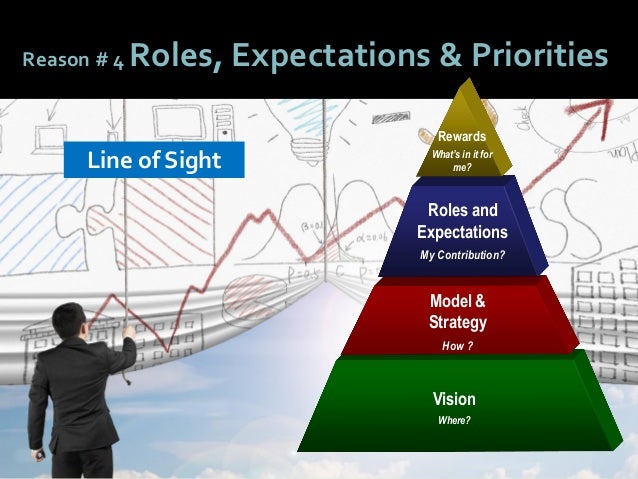
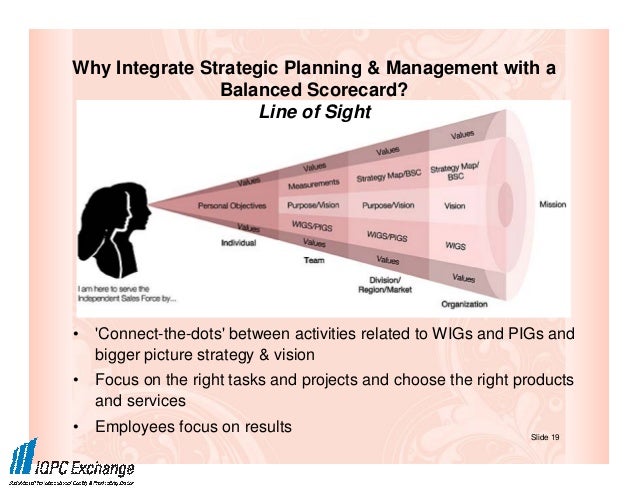



.png)

